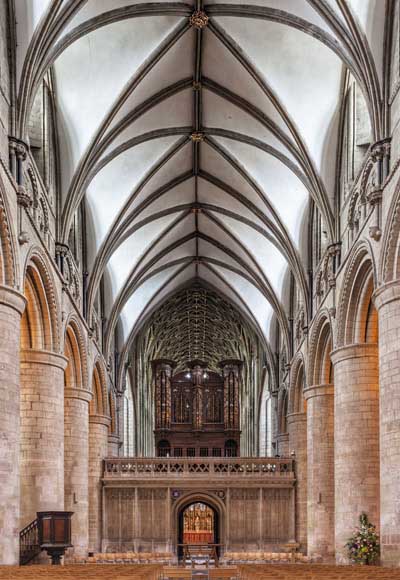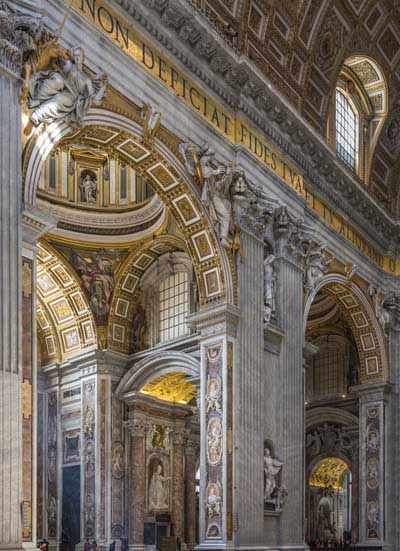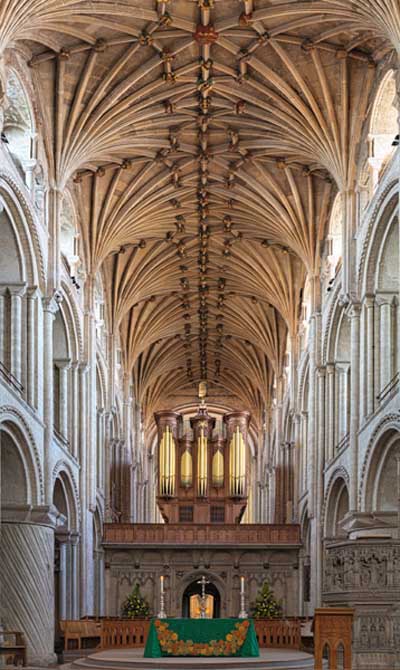Composition
Curves, arches, rectangles, triangles, circles and lines are shapes you find in cathedrals. The way you choose to look at these shapes or the composition you use is a powerful tool to share your message of your image. Whether you wish to invoke awe, worship or beauty lies in how you choose to compose your image. We will now look how the use of symmetry, the use of corners, and the use of lines or curves can help you share your message. Of course everyone has their own style and produce their own “look” but I find it at times a bit inspiring to see how other people take photos I appreciate. Here are some concepts and methods that I have found that work well.
But before we get to far into composition, one practical exercise I have found that works good is to practice seeing the shapes in your images and see through the details so you can see some of the compositional elements you like or seem to work to you or in other images you admire. For this exercise select a few of your favorite images and for each of these images sketch their basic features on a small piece of blank paper or card. What you are attempting to do is to translate each of the images into their basic components of lines and shapes. Sketch the major lines, look for any circles or triangles that are located in the images. Lines will often point your attention to subjects, while circles and triangles can show connection. Here is an example of one below. After you do a few of these you will start to see, basic layouts and placement of shapes that seem to work and can help you practice composing before any image is even captured.
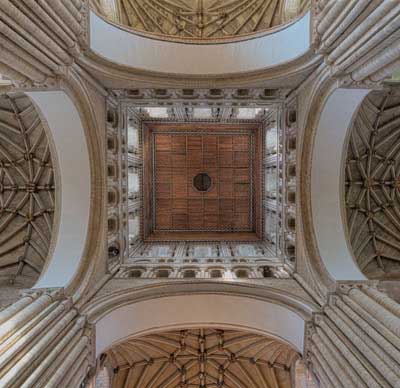
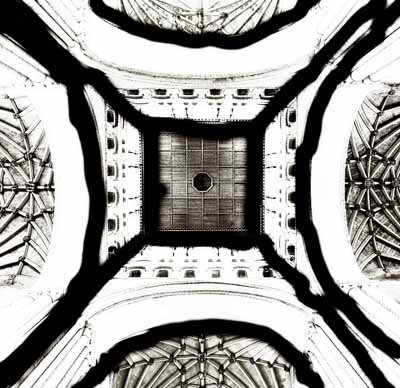
Symmetry
Many cathedrals (in fact many buildings) are built on the principle of symmetry and it is one of the strongest impressions you have when you enter them. The two sides of the building are in harmony with each other and meet in a union at the centre of the ceiling. The vaulted ceilings and windows and even the lighting pull the persons gaze upwards. It is very easy to take advantage of this and create the classic cathedral shot. But just because it is so obvious it still needs to be done well to get a great image. Symmetry works because of harmony and the focus that it creates, you break that harmony or focus and the image will not quite work. So what causes these images to work? The objects in the image must be arranged precisely. Look for centres of windows and the alter crosses to align, hide that spot light behind a column. How do the arches in the ceiling start and end? Will matching the windows on each side look better? You will find moving 2 or 3 inched to the right or left can make a significant improvement to a photo. Remember to look for both horizontal and vertical symmetry where there is an opportunity to line up an object in the centre of another object. Remember to look directly upwards, as dome ceiling are particularly beautiful it taken in a thoughtful way.

Corners
I have found that watching your corners will save you from all kinds of future frustration. The frustration of having that fine image and discovering that I missed the top the arch which would have made the image much stronger. Or if I could have ended that corner with that curve it would have pulled my eye into the subject rather than looking like something was missing. Taking the time to ensure your corners are doing what they can is a major step in improving your images. Taking the time to compose with a tripod will help you spend the time to focus on your corners and other compositional features. Once you start doing this after several outings you will find you will be naturally checking your corners with out even thinking about it. Here are some examples of some corner treatments:

Lines and Curves
A very powerful method of ensuring strong composition of an image is the use of lines. Properly used, lines can significantly increase the impact of images. Lines serve to affect photographic composition in two ways. They serve to create a mood. and they lead the eye through the image. By affecting mood, lines add emotional content to images. By leading the viewer’s eye, they keep the viewer’s attention focused on the image.

